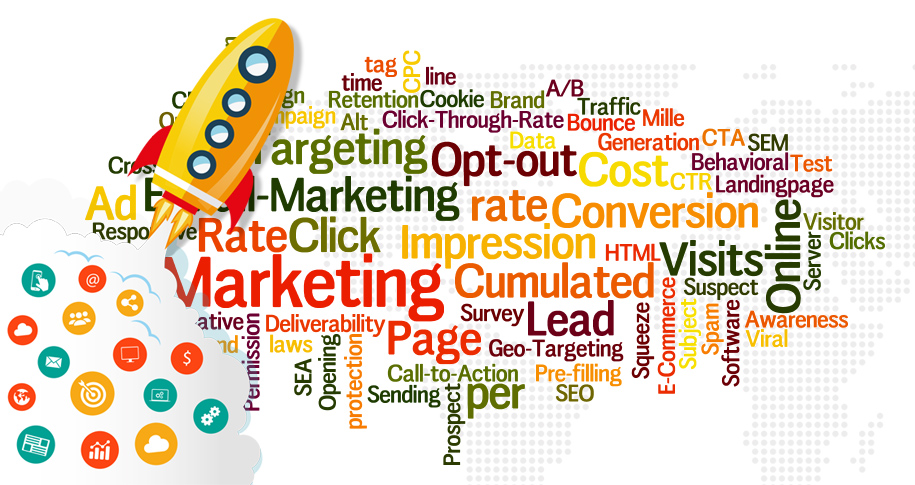What Is GamificationWhat Is Gamification?
Gamification is... More?
GamificationWhat Is Gamification?
Gamification is... More is the integration of game elements, principles, and mechanics into non-game contexts to engage users, enhance experiences, and drive desired behaviors. This technique leverages elements such as points, badges, leaderboards, challenges, and rewards to make activities more engaging and motivating. While gamificationWhat Is Gamification?
Gamification is... More is commonly used in gaming, it has also gained popularity in business, education, marketing, and customer loyalty programs.
Why GamificationWhat Is Gamification?
Gamification is... More Is Important
- Increases Engagement
By incorporating game-like elements into everyday activities, gamificationWhat Is Gamification?
Gamification is... More motivates users to participate, complete tasks, and achieve goals. This increased engagement can lead to higher levels of interaction and a more active user base. - Motivates Desired Actions
GamificationWhat Is Gamification?
Gamification is... More uses rewards and recognition to incentivize users to take specific actions. Whether it’s signing up for an account, making a purchase, or sharing content, gamificationWhat Is Gamification?
Gamification is... More encourages users to complete tasks by offering tangible or intangible rewards. - Improves Learning and Retention
In educational settings, gamificationWhat Is Gamification?
Gamification is... More can enhance learning by making the process more enjoyable and interactive. Students are more likely to stay engaged with the material, leading to better retention and understanding of concepts. - Enhances Customer Loyalty
In business, gamificationWhat Is Gamification?
Gamification is... More is often used in loyalty programs to encourage repeat purchases and customer retention. By offering rewards and challenges, businesses can create a sense of competition and achievement, motivating customers to return. - Creates Social Interaction
GamificationWhat Is Gamification?
Gamification is... More often includes social elements, such as leaderboards, challenges, and team competitions. These social features promote community building and foster connections between users, enhancing the overall experience.
Key Elements of GamificationWhat Is Gamification?
Gamification is... More
- Points
Points are awarded for completing specific tasks or achieving milestones. This simple mechanism provides instant feedback and motivates users to continue engaging with the activity or process. - Badges
Badges serve as visual rewards that recognize a user’s achievements. They symbolize progress and accomplishments, providing users with a sense of pride and motivation to continue reaching new goals. - Leaderboards
Leaderboards display rankings of users based on their performance, creating a competitive element that encourages users to strive for higher positions. This fosters a sense of achievement and motivates users to engage more. - Challenges and Quests
GamificationWhat Is Gamification?
Gamification is... More often involves setting challenges or quests that users must complete. These tasks can vary in difficulty, and they are usually time-bound to encourage urgency and participation. - Rewards and Incentives
Rewards, whether tangible (like discounts) or intangible (like recognition), are an essential part of gamificationWhat Is Gamification?
Gamification is... More. They reinforce desired behaviors and make the experience more enjoyable and worthwhile for users.
Benefits of GamificationWhat Is Gamification?
Gamification is... More
- Boosts Motivation
GamificationWhat Is Gamification?
Gamification is... More taps into intrinsic and extrinsic motivation by rewarding users for completing tasks and achieving goals. This continuous reinforcement encourages users to stay motivated and engaged over time. - Improves Performance
GamificationWhat Is Gamification?
Gamification is... More can enhance performance by making tasks more enjoyable. As users compete, collaborate, and strive for achievements, they often perform better and complete tasks more efficiently. - Increases Customer Retention
By offering rewards, challenges, and competitions, gamificationWhat Is Gamification?
Gamification is... More helps retain customers over the long term. Customers are more likely to return if they feel like they’re gaining value from participating in a gamified experience. - Enhances Brand LoyaltyDefinition
Brand loyalty refers to th... More
Businesses that use gamificationWhat Is Gamification?
Gamification is... More in their marketing and customer loyalty programs can strengthen brand loyaltyDefinition
Brand loyalty refers to th... More. Customers who engage with gamified elements are more likely to develop a stronger connection to the brand.
Challenges of GamificationWhat Is Gamification?
Gamification is... More
- Overcomplication
GamificationWhat Is Gamification?
Gamification is... More can backfire if the system becomes too complicated or overwhelming for users. If the rewards and rules are unclear or difficult to achieve, users may lose interest and disengage. - Unbalanced Rewards
If the rewards are not properly balanced, it could lead to frustration or demotivation. For example, offering too few rewards for a large effort can discourage users, while too many rewards can devalue the system. - Sustainability
While gamificationWhat Is Gamification?
Gamification is... More can drive engagement in the short term, it’s essential to keep the experience fresh and exciting. Over time, users may lose interest if new challenges or rewards are not introduced.
Conclusion
GamificationWhat Is Gamification?
Gamification is... More is an effective strategy for increasing user engagement, enhancing learning, motivating behaviors, and improving customer loyalty. By integrating game-like elements into business, marketing, and education, organizations can create compelling and rewarding experiences for their users. However, it’s essential to ensure that the system remains simple, fair, and engaging to maintain long-term effectiveness.
